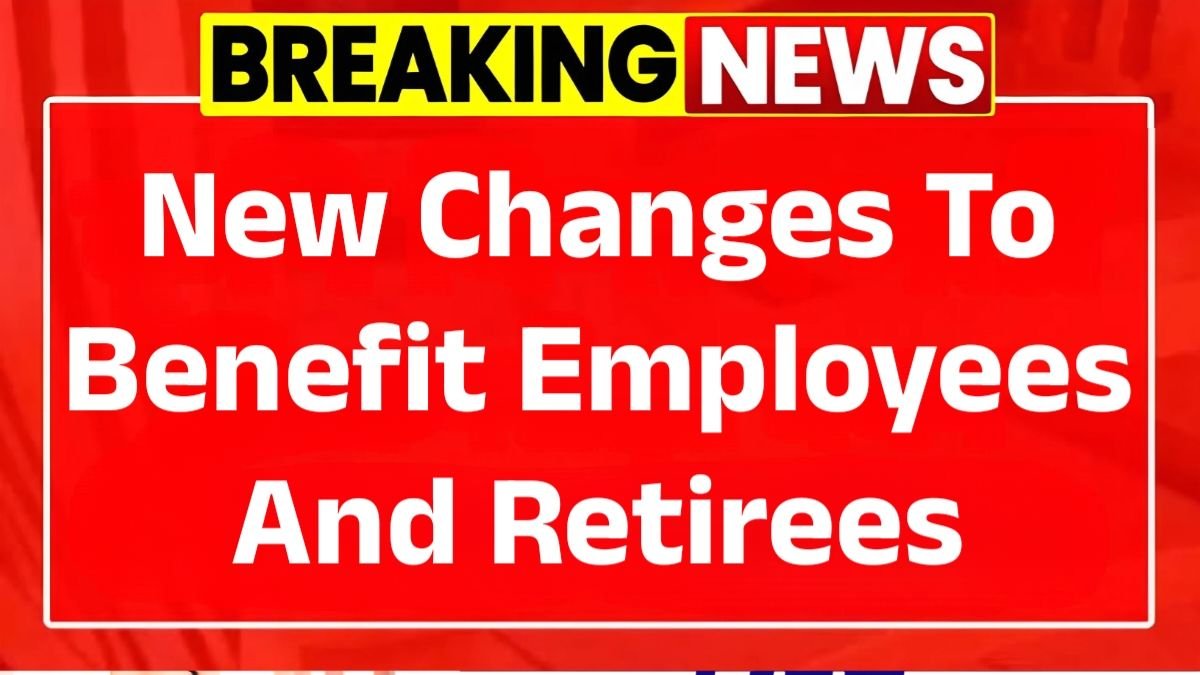The Government of India has rolled out the Gratuity Rules 2025, marking one of the most significant updates to the country’s employee benefits framework in recent years. The new rules aim to simplify gratuity payments, expand coverage, and ensure timely disbursal for employees across all sectors.
These changes come at a time when India’s work landscape is evolving rapidly. More people are moving toward contract jobs, gig work, and short-term assignments, creating a stronger need for a social security system that adapts to modern employment trends.
Why the Gratuity Rules 2025 Are Needed
The earlier gratuity system had several limitations: delayed payments, low payouts due to salary structures, and exclusion of non-permanent employees. The new rules directly address these issues.
Digitization, faster verification, and broader coverage mean that employees—whether permanent, contractual, or freelance—will now receive gratuity in a timely and transparent manner.
Gratuity acts as a crucial financial cushion, supporting employees in retirement, job transitions, or emergencies. The 2025 reforms are expected to benefit millions of employees and their families across India.
What is Gratuity and Who Gets It
Gratuity is a lump-sum benefit paid by an organization to an employee in recognition of their service. It provides financial security at retirement or in times of unexpected job loss.
Previously, only permanent employees were eligible, leaving out contract workers, freelancers, and gig workers. Under the new rules, these groups are now included, extending social security to sectors like IT, education, healthcare, hospitality, delivery services, and app-based gig work.
By bridging the gap between traditional and modern employment models, these rules ensure that all workers have access to this essential safety net.
Changes in Eligibility and Employee-Friendly Rules
Earlier, an employee had to complete five continuous years of service to qualify for gratuity. The 2025 rules now account for common work-life interruptions such as illness, mergers, or extended leave. These breaks will no longer block eligibility.
Additionally, employees who die or become permanently disabled are eligible for gratuity even if they have worked for less than five years. This ensures that families receive immediate financial support during difficult times.
Gratuity Calculation and Salary Transparency
The basic gratuity formula remains:
Gratuity = Last Salary × 15 ÷ 26 × Total Service Years
Now, the last salary will include a combination of basic pay and dearness allowance (DA) that must be at least 50% of the total salary. This prevents companies from reducing gratuity through artificially low basic pay.
Seasonal workers will also benefit. They will receive gratuity for each active season, calculated on seven days’ salary. This change helps employees in agriculture, tourism, and construction sectors.
Tax Benefits, Digital Processing, and Corporate Responsibility
The tax exemption limit has increased to ₹20 lakh for private sector employees and ₹25 lakh for government employees. Any amount above this will be taxed according to the applicable slab, helping retirees manage rising living costs.
Gratuity payments must now be processed digitally within 30 days, with e-verification in place. If delayed, interest up to 12% may be applied, ensuring accountability and faster payments.
Benefits for Employees
The 2025 rules strengthen the financial future of employees across India. Contract, gig, and short-term workers now have access to gratuity, ensuring social security even when jobs change frequently.
Families will receive prompt support in cases of death or permanent disability. Transparent salary calculations, higher tax exemptions, and faster digital processing make the system more reliable and fair for everyone.
Conclusion
The Gratuity Rules 2025 are a landmark reform that expands benefits to modern employment models while safeguarding traditional workers. By including gig workers, contract employees, and seasonal staff, the rules create a stronger safety net for all employees.
This reform not only enhances financial security but also aids in retirement planning, emergency support, and long-term financial stability. It represents a meaningful step toward a fair and inclusive social security system in India.
Disclaimer: This article is for general information only and should not be considered legal or financial advice. Confirm details with official government notifications or a professional advisor.
